Jammu & Kashmir Switch to Hindi
Amarnath Yatra 2025
Why in News?
The 38-day annual Amarnath pilgrimage to the 3,880-metre-high holy cave shrine in South Kashmir will begin on 3rd July 2025.
Key Points
- Board Meeting and Decision:
- The Shri Amarnath Ji Shrine Board (SASB) held its 48th board meeting at Raj Bhawan under the chairmanship of Lt. Governor Manoj Sinha.
- The board decided that the 38-day Amarnath Yatra will commence on 3rd July, 2025, and conclude on 9th August, 2025 (Raksha Bandhan).
- The pilgrimage will begin simultaneously from both routes – Pahalgam track (Anantnag district) and Baltal (Ganderbal district).
- Enhancing Facilities for Pilgrims:
- The board discussed improving facilities and services for devotees.
- Measures were proposed to increase lodging capacity at centres in Jammu, Srinagar, and other key locations.
- Plans were made to operationalize yatri facilitation centres for e-KYC (Know Your Customer), Radio-Frequency Identification (RFID) card issuance, and on-spot registration at Nowgam and Katra railway stations.
- Similar facility enhancements were recommended at Baltal, Pahalgam, Nunwan, and Pantha Chowk Srinagar.
- Infrastructure and Safety Measures:
- The ongoing infrastructure projects and their progress were reviewed.
- The L-G stressed ensuring adequate arrangements and essential amenities along the pilgrimage route.
- The meeting discussed decongestion measures at the holy cave and lower cave area.
- Security, Medical, and Logistics Enhancements:
- The board deliberated on disaster preparedness and mitigation strategies.
- Adequate Helicopter services and medical facilities will be provided.
- Enhancements in weather forecasting infrastructure and security arrangements were also discussed.
Radio Frequency Identification
- RFID is a type of passive wireless technology that allows for tracking or matching of an item or individual.
- The system has two basic parts: Tags and Readers.
- The reader gives off radio waves and gets signals back from the RFID tag, while the tag uses radio waves to communicate its identity and other information.
- A tag can be read from up to several feet away and does not need to be within the direct line-of-sight of the reader to be tracked.
- The technology has been approved since before the 1970s but has become much more prevalent in recent years due to its usages in things like global supply chain management and pet microchipping.
Amarnath Cave Shrine
- The Amarnath mountain features a cave on its south famously known as the Amarnath Cave. This cave is the location of the Amarnath Temple, a significant Hindu shrine situated in the Pahalgam tehsil of the Anantnag district in Jammu and Kashmir, India.
- The shrine is perched at an altitude of 3,800 metres, contributing to the challenging nature of the pilgrimage.
- Amarnath Peak, a part of the Himalayas is a mountain with a peak elevation of 5,186 meters, in the Ganderbal district of Jammu and Kashmir, in the vicinity of Sonamarg.
- Amarnath yatra is an annual pilgrimage to the Amarnath cave, where devotees pay homage to an ice stalagmite believed to be the lingam of Lord Shiva.
- The ice stalagmite forms every year during the summer months and reaches its maximum size in July and August, when thousands of Hindu devotees make an annual pilgrimage to the cave.


Maharashtra Switch to Hindi
Maharashtra’s Tiger Count
Why in News?
Maharashtra Forest Minister stated that the State’s tiger population had risen to 444 in 2025 from 101 in 2000. He attributed the rise in man-animal conflicts, including fatal attacks on humans, to the increasing tiger population.
Key Points
- Proposal for Animal Museum in Maharashtra:
- The Forest Minister stated that he had written to businessman Anant Ambani, founder of the non-profit Vantara, to establish an “animal museum” in Maharashtra.
- He also mentioned plans to approve the creation of a museum modeled after similar initiatives in Gujarat, where businesspersons could contribute to setting up such a facility.
- Human-Animal Conflict:
- The Minister highlighted the increasing incidents of tiger attacks on humans.
- The concerns about the safety of farmers living near forested areas, including those close to the wildlife sanctuary in Bhandara was raised.
- It was pointed out that tiger attacks have created fear among farmers and also led to crop destruction.
- Government’s Response to the Crisis:
- The Forest Minister clarified that the tigress’s two-year-old cub had attacked humans and assured that it would soon be captured.
- He announced that the government had approved Rs 200 crore for solar fencing in villages near tiger zones.
- He also assured that the Forest Department was implementing necessary measures to prevent further incidents.
- The government had introduced a policy change, ensuring that farmers would pay only a nominal sum for solar fencing.
- Instructed authorities to fence villages near forests at no charge to enhance protection.


Uttarakhand Switch to Hindi
Ropeway Projects Approved in Uttarakhand
Why in News?
On March 5, 2025, the Cabinet Committee on Economic Affairs (CCEA), led by Prime Minister approved two ropeway projects in Uttarakhand.
Key Points
- About the ropeway:
- The ropeways will connect Sonprayag to Kedarnath and Govindghat to Hemkund Sahib Gurudwara.
- These projects, estimated at Rs 7,000 crore, fall under the National Ropeways Development Programme, Parvatmala Pariyojana.
- The ropeways will significantly reduce travel time to pilgrimage sites located over 3,500 metres above sea level.
- Govindghat to Hemkund Sahib Ropeway:
- Length: 12.4 km
- Cost: Rs 2,730.13 crore
- Development Mode: Design, Build, Finance, Operate, and Transfer (DBFOT) under a public-private partnership (PPP).
- Current Trek: Pilgrims currently take a challenging 21-km uphill trek from Govindghat to Hemkund Sahib, traveling on foot, ponies, or palanquins.
- Expected Benefits:
- The ropeway will ease travel for pilgrims, as the Gurudwara is open only for five months a year (May to September).
- 1.5 to 2 lakh pilgrims visit Hemkund Sahib annually.
- It will also benefit tourists visiting the Valley of Flowers, a UNESCO World Heritage Site.
- Sonprayag to Kedarnath Ropeway:
- Length: 12.9 km
- Cost: Rs 4,081.28 crore
- Technology: Similar to the Hemkund Sahib ropeway
- Time Reduction:
- The ropeway will reduce travel time from the current 8-9 hours to just 36 minutes.
- Pilgrims currently take helicopters, ponies, or walk a 16-km uphill path from Gaurikund to Kedarnath.
- Kedarnath Temple is one of the 12 Jyotirlingas and the most visited temple of the Char Dham Yatra.
- Economic and Tourism Impact:
- The ropeway projects will generate employment during construction and operation.
- They will boost allied industries such as hospitality, travel, food & beverages (F&B), and tourism throughout the year.
Parvatmala Pariyojana
- It was announced in the union budget 2022-23 as an Efficient and Safe Alternate Transport Network.
- The scheme will be taken up on PPP (Public Private Partnership) mode, which will be a preferred ecologically sustainable alternative in place of conventional roads in difficult hilly areas.
- The idea is to improve connectivity and convenience for commuters, besides promoting tourism.
- This may also cover congested urban areas, where conventional mass transit systems are not feasible.
Cabinet Committee on Economic Affairs (CCEA)
- It is chaired by the Prime Minister, and sets priorities for public sector investments.
- It continuously reviews economic trends to develop an integrated economic policy framework and oversees policies and activities in the economic field, including foreign investment, requiring high-level decisions.


Uttarakhand Switch to Hindi
PM to Offer Prayers at Mukhwa
Why in News?
The Prime Minister of India is going to visit Uttarakhand and pray at the winter seat of Maa Ganga in Mukhwa.
Key Points
- Events in Harsil:
- The Prime Minister will flag off a trek and a bike rally in Harsil.
- He will also address a public gathering during a function in the region.
- Winter Tourism Programme:
- The Uttarakhand Government has launched a Winter Tourism Programme in 2025.
- The initiative aims to promote religious tourism and boost the local economy.
- Thousands of devotees have already visited the winter seats of Gangotri, Yamunotri, Kedarnath, and Badrinath.
- The programme will support homestays, tourism businesses, and related sectors.
Mukhwa
- It is a small village in the town of Harsil, on the banks of river Bhagirathi, on the way to the pilgrimage of Gangotri.
- It is situated at an altitude of 2620 meters above the sea level.
Ganga River System
- The headwaters of the Ganga called the ‘Bhagirathi’ are fed by the Gangotri Glacier and joined by the Alaknanda at Devprayag in Uttarakhand.
- At Haridwar, Ganga emerges from the mountains to the plains.
- The Ganga is joined by many tributaries from the Himalayas, a few of them being major rivers such as the Yamuna, the Ghaghara, the Gandak, and the Kosi.


West Bengal Switch to Hindi
Deocha Pachami Coal Block
Why in News?
Fresh protests by local villagers have halted ongoing basalt mining at the Deocha-Pachami-Dewanganj-Harisingha (DPDH) coal project in West Bengal’s Birbhum district.
Key Points
- Mass Gathering at Project Site:
- Around 300 villagers, mostly women and tribals from Mathura Pahari, Sagarbandi, and Chanda villages, gathered at the DPDH coal project site.
- They demanded a complete halt to mining work in the area.
- Villagers claim they were not informed before mining operations started.
- Symbolic Protest and Demands:
- Protesters planted a charka, a tribal tradition of placing sticks in the soil, to symbolize a stoppage of work until the charka is removed.
- They demanded a permanent halt to the coal project and improvements in civic amenities.
- Villagers rejected compensation, stating they would not leave their land for the project.
- Environmental and Social Concerns:
- Protesters raised concerns over environmental damage due to mining.
- They highlighted that tribals face arrest for entering forests, while entire forests are being cleared for coal mining.
- Dust from basalt mining is already affecting the local environment and health.
Deocha-Pachami-Dewanganj-Harisingha (DPDH)
- Deaucha Panchami coal block of Birbhum Coalfield Area is World’s Second Largest Coal Block situated in West Bengal.
- This coal mine is the largest coal mine or coal block in Asia, due to the number of coal reserves.
- It is the newest coal mine in West Bengal.
- The proposed mining project at Birbhum coalfield Area has been recently in the news due to expected environmental concerns and displacement of the people from the same area.


Bihar Switch to Hindi
Death Anniversary of Dr. Rajendra Prasad
Why in News?
Bihar Chief Minister honored Dr. Rajendra Prasad on his 62nd death anniversary by paying tribute to his personality and deeds.
Key Points
- About Dr. Rajendra Prasad:
- He was born on December 3, 1884 in Jiradei, Siwan district of Bihar.
- He was associated with Mahatma Gandhi during the Champaran Satyagraha (1917) in Bihar.
- Dr. Prasad reacted strongly to the Rowlatt Act of 1918 and the Jallianwala Bagh massacre of 1919.
- Dr. Prasad called for non-cooperation in Bihar under Gandhiji's non-cooperation movement .
- He played an important role in the Salt Satyagraha in Bihar in the year 1930 , due to which he was also imprisoned.
- He officially joined the Indian National Congress during its annual session held in Calcutta in the year 1911 .
- In the year 1946, he joined Pandit Jawaharlal Nehru 's interim government as the Minister of Food and Agriculture and gave the slogan "Grow more food".
- He was elected the first President of India on 26 January 1950. He served as President for over 12 years, making him the longest-serving President in the history of India.
- He was awarded the Bharat Ratna in 1962.
- He wrote several books, including "Satyagraha at Champaran," "India Divided" and his "Autobiography."
- He died on February 28, 1963.


Rajasthan Switch to Hindi
Varun Sagar
Why in News?
Rajasthan Assembly Speaker changed the name of the famous Foy Sagar Lake in Ajmer to 'Varun Sagar'.
Key Points
- About the issue:
- According to the speaker the name of Faisagar in Ajmer was a symbol of slavery. This lake was built by the people of Ajmer and religious and social faith of all communities including Sindhis is attached to it.
- Lord Varun has been revered by all communities, including the Sindhi community. Therefore, this lake will now be known as "Varun Sagar."
- About the lake:
- This lake is an artificial lake located in Ajmer district.
- This lake was constructed in the year 1891-1892 under the direction of Foy , an English engineer of the British Raj, as part of the flood and famine relief project.
- This is the second famine relief lake of Rajasthan, first being Rajsamand Lake.
Rajsamand Lake
- About:
- It is a popular tourist destination in Rajasthan. It was built in the 17th century by Maharana Raj Singh.
- The lake is also known as Rajsamudra Lake.
- Construction:
- Construction of the lake began in 1662 and was completed in 1676.
- It was the oldest famine relief work in Rajasthan.
- The lake was built across the Gomati, Kelwa, and Tali rivers.
- It has a catchment area of about 196 square miles.
- Features:
- The lake is 4 miles long, 1.7 miles wide, and 60 feet deep.
- The white marble embankment at the southern end is called Nauchowki.
- The Ghats, or stone steps leading to the lake, have inscriptions about the history of Mewar.
- The Raj-Prashasti viewpoint atop the dam has the world's longest and largest stone inscription in Sanskrit.


Rajasthan Switch to Hindi
Udaya Gold Cup Football Tournament
Why in News?
The 4th state level Uday Gold Cup Football Tournament is being organized in Bikaner from 1 March to 7 March 2025 .
Key Points
- About the tournament:
- The tournament is being organised by Master Udaya Club at Pushkarna Stadium under floodlights.
- A total of 11 matches will be played in this tournament.
- So far 12 teams have entered this tournament.
- These include two teams each from Bikaner, Jodhpur, Jaipur and one team each from Sri Ganganagar, Hanumangarh, Kota, Ajmer, Nagaur and Karauli.
Bikaner
- About:
- Bikaner was founded in 1488 AD by Rathore prince Rao Bikaji .
- Located at latitude 28.01°N and longitude 73.9°E.
- Geographical Feature :
- Desert district located in north-eastern Rajasthan.
- There is no river in Bikaner.
- Scenic Spots:
- Karni Mata Temple : Famous as the Temple of Rats.
- Mukam Temple : The main religious place of the Bishnoi sect.
- Junagarh Fort : One of the most beautiful forts in Rajasthan.
- Bhandshah Jain Temple : Ancient Jain temple located within the city wall.
- Lunkaransar - Salt water lake.
- Gajner Sanctuary - Famous for Butbat (Imperial Sandgoose, Sand Partridge) bird and wild boar.
- Civilizations:
- Sothi, Poongal, Dadhatora ancient civilizations are in Bikaner.
- Camel Research Centre:
- The world's largest camel research and breeding centre is in Bikaner (1984).
- Camel festival is organised in Bikaner every year in January .



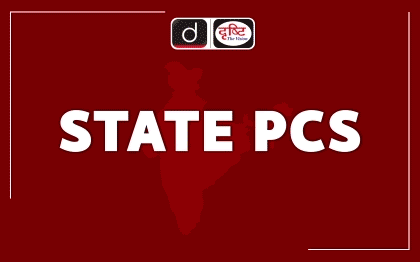
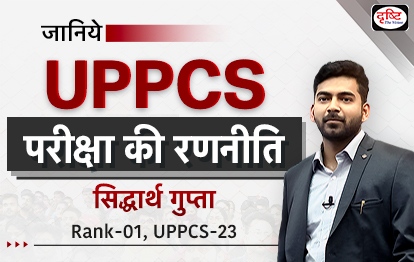

%20MPPCS%202025%20Desktop%20E.jpg)
%20MPPCS%202025%20Mobile%20E%20(1).jpg)

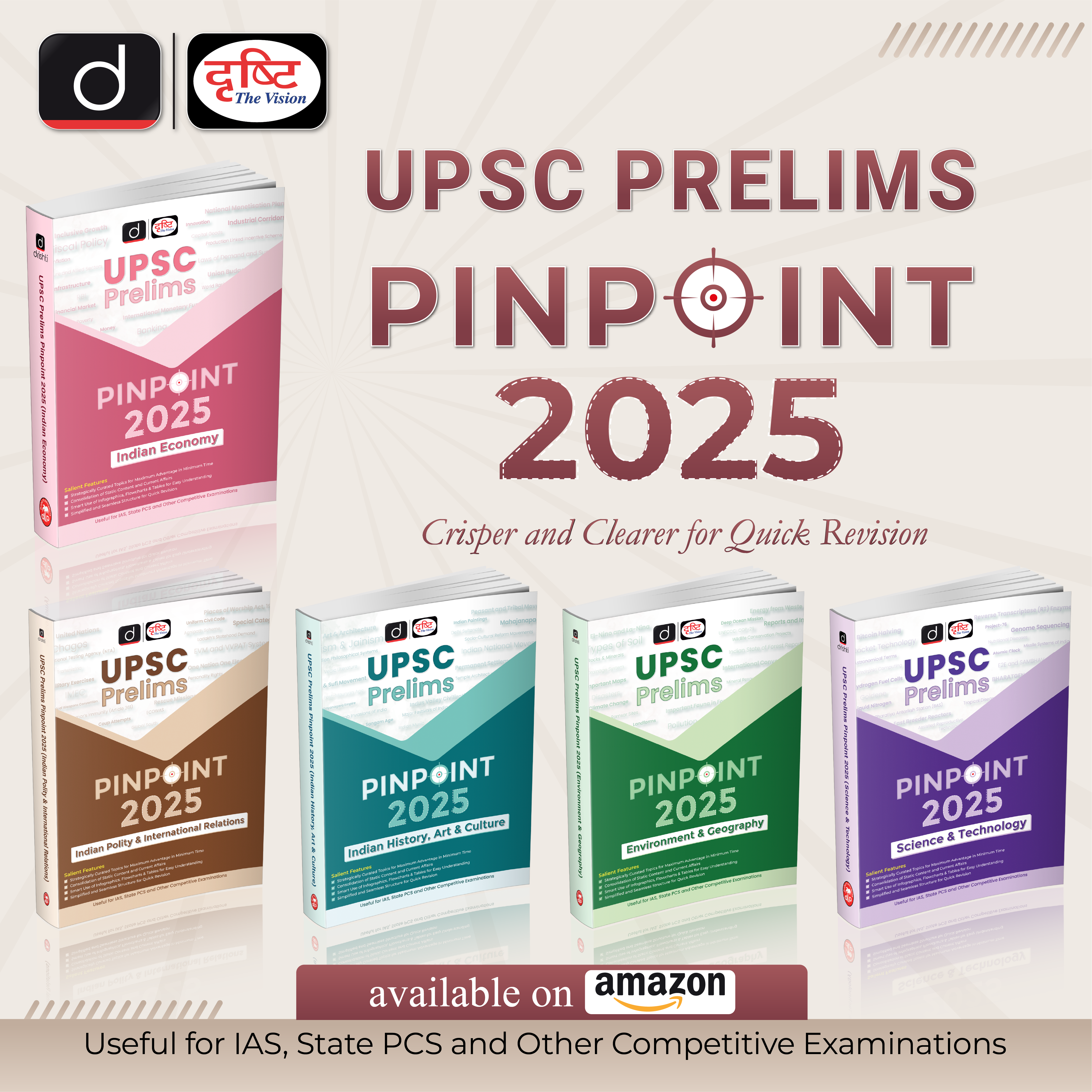








.png)
.png)











 PCS Parikshan
PCS Parikshan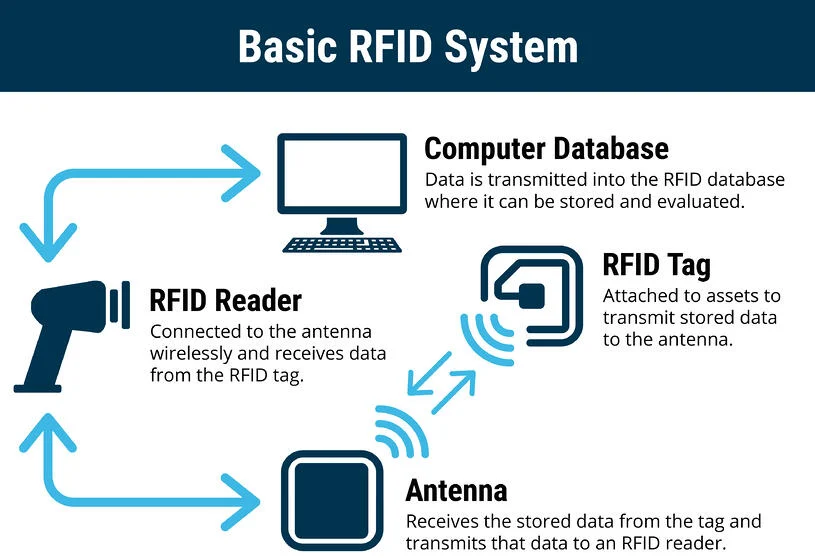
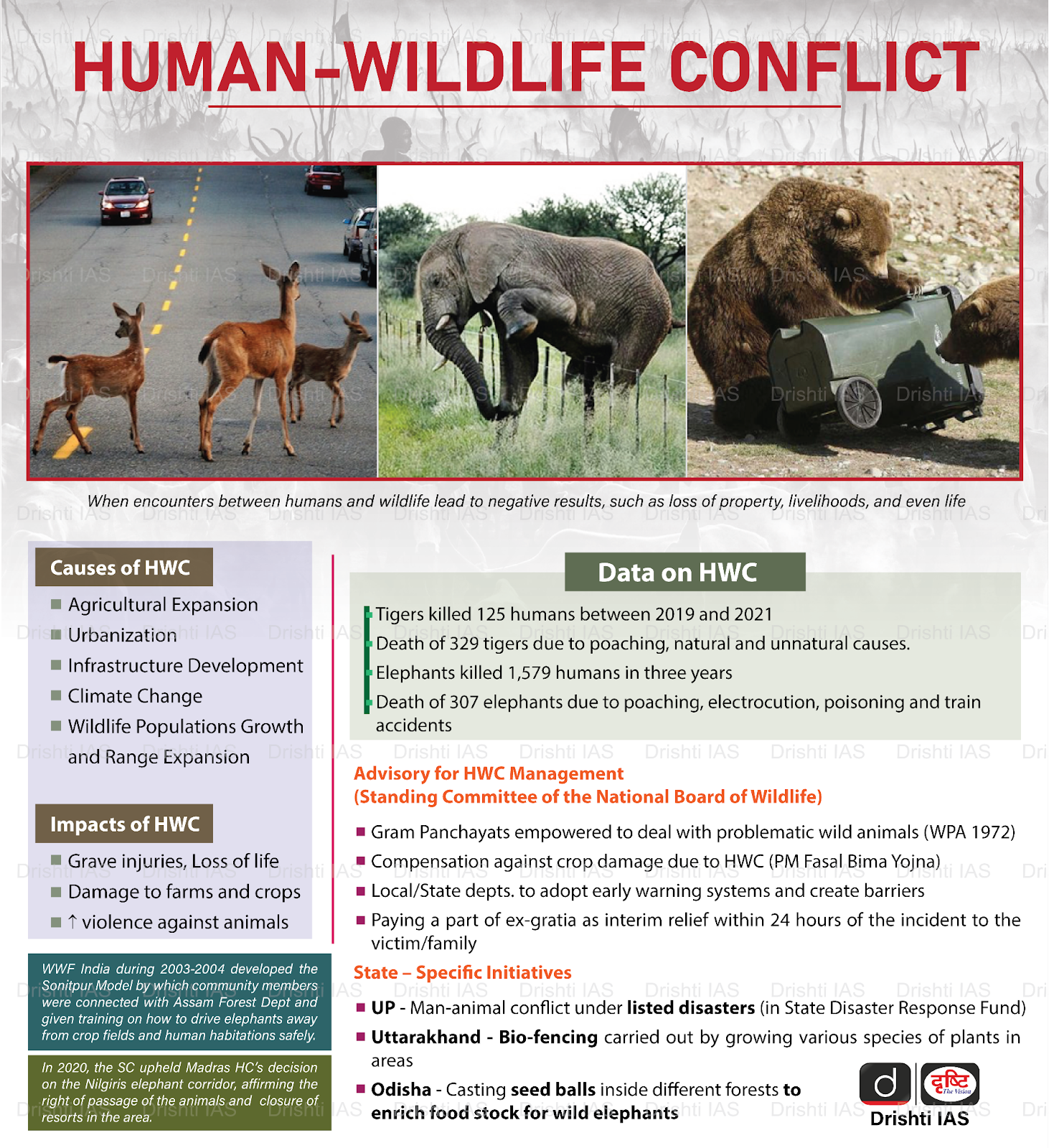
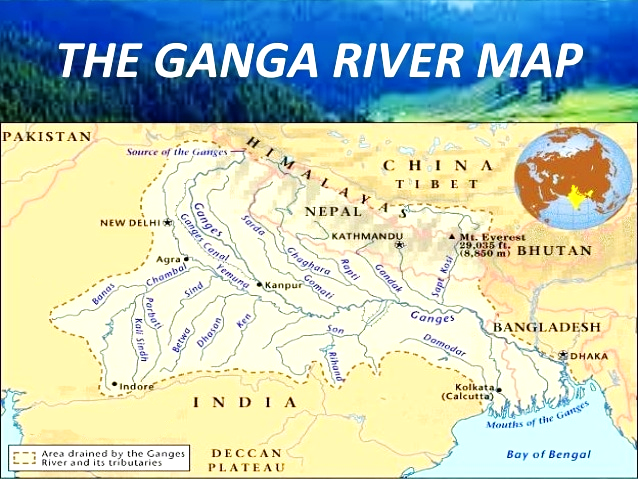
.png)



